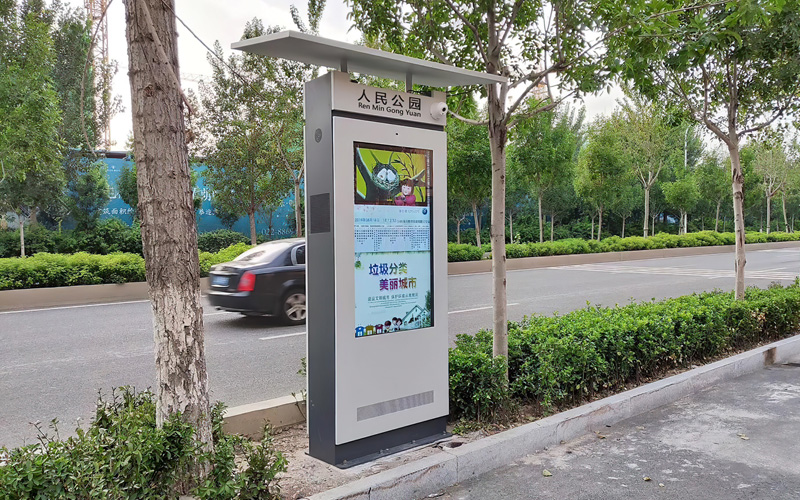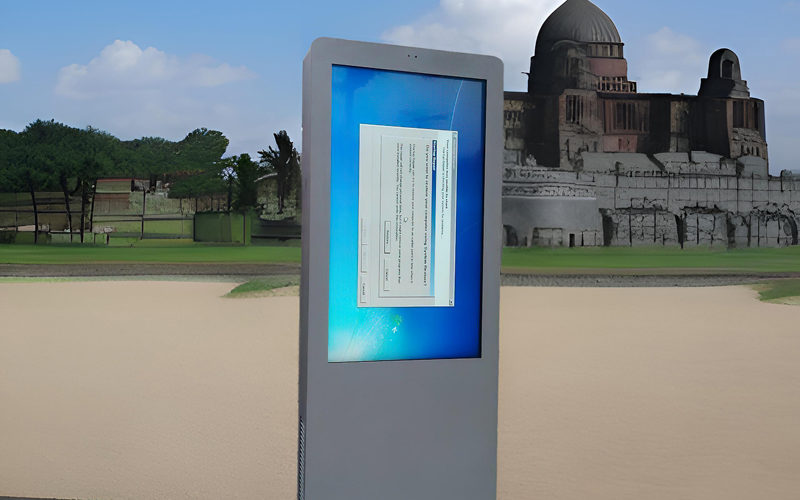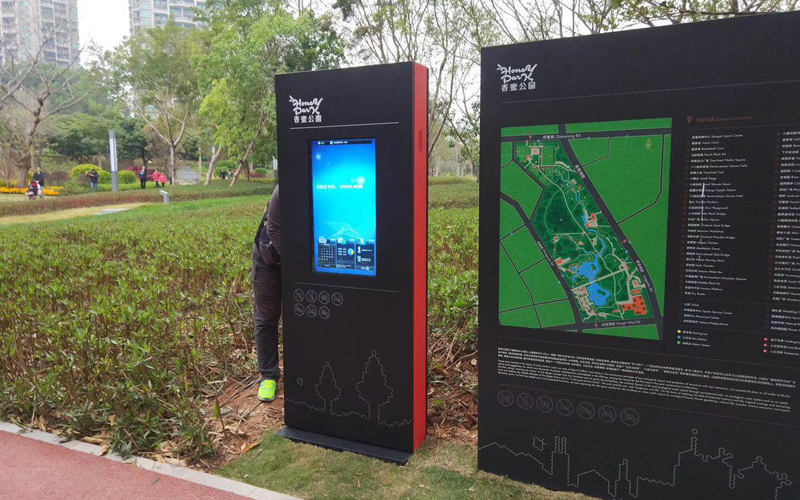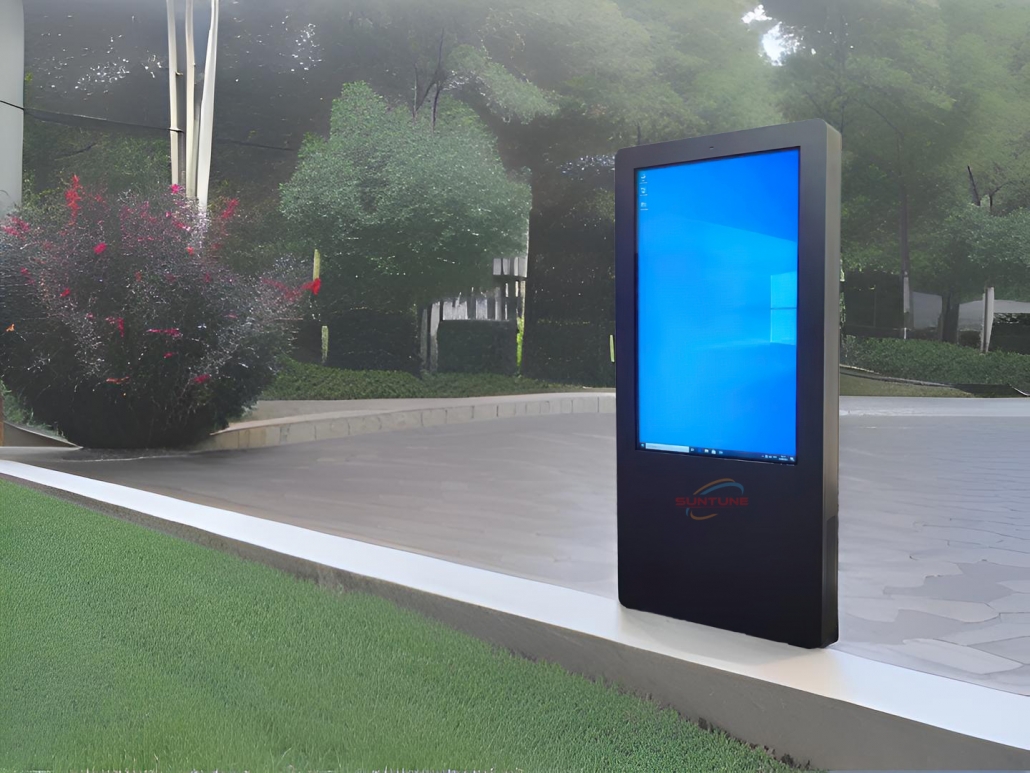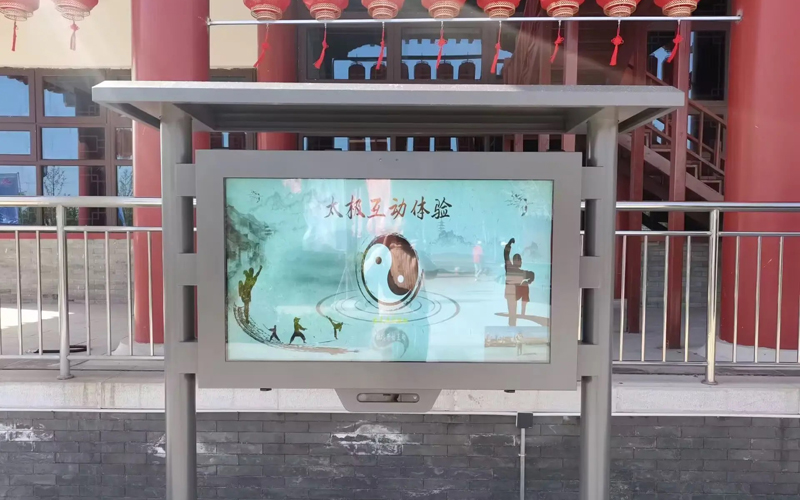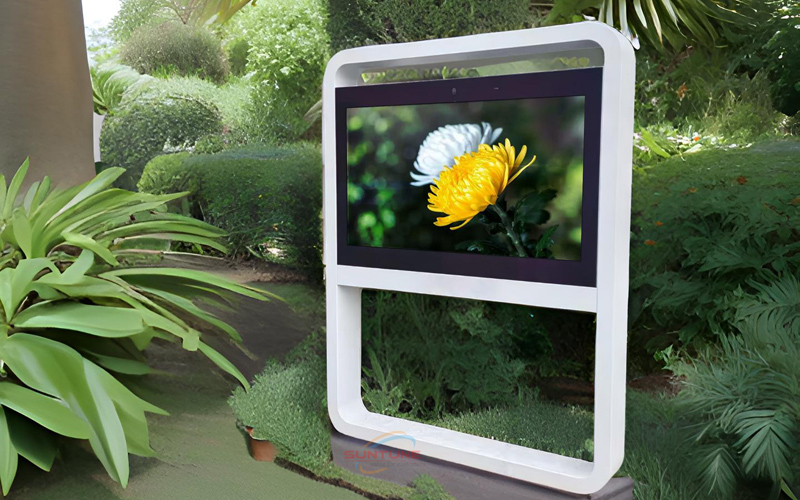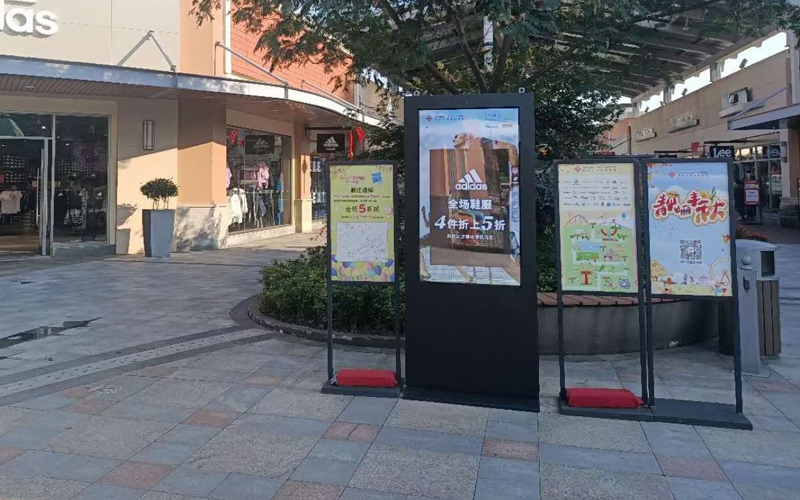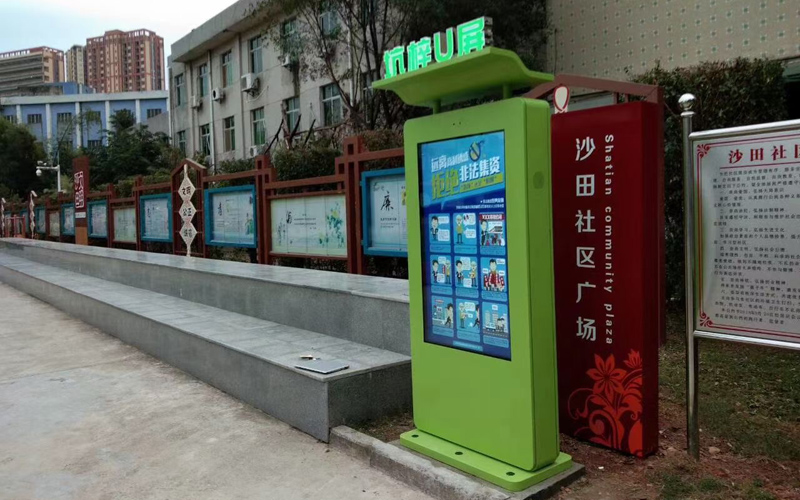In today’s fast-paced world, where technology is constantly evolving, the way we advertise and communicate with the masses has also undergone a significant transformation. One such innovation that has revolutionized the advertising landscape is the advent of smart transit displays. These cutting-edge digital screens have not only transformed transit hubs into interactive advertising platforms but have also redefined how brands connect with their target audience. In this article, we will explore the advancements of futuristic transit ad tech and delve into the various aspects of smart transit displays that are reshaping digital advertising.
The Advancements of Futuristic Transit Ad Tech
Gone are the days when static billboards and traditional print media ruled the advertising industry. The advancements in futuristic transit ad tech have ushered in a new era of advertising that is dynamic, engaging, and tailored to the commuters’ needs. Smart transit displays, equipped with state-of-the-art technology, have the ability to capture the attention of passersby with their vibrant visuals and interactive features. These displays make use of high-resolution screens, advanced sensors, and real-time data to deliver targeted advertisements, making them a powerful medium for effective brand communication.
Interactive Metro Ads: A New Era of Advertising
Smart transit displays have transformed the way metro ads are presented to commuters. In the past, static posters and billboards were the only means of showcasing advertisements in metro stations. However, with the advent of interactive metro ads, a new era of advertising has emerged. These interactive displays allow commuters to engage with the advertisements by touching the screen, providing feedback, or even playing games. This level of interactivity not only captures the attention of the commuters but also creates a memorable experience, leading to increased brand recall and customer engagement.
Commuter Engagement Platforms: Fostering Interaction and Participation
Commuter engagement platforms have become an integral part of smart transit displays. These platforms enable commuters to actively participate in the advertising process by providing feedback, participating in surveys, or even sharing their experiences on social media. By fostering interaction and participation, brands can gather valuable insights about their target audience and tailor their advertising strategies accordingly. Commuter engagement platforms not only enhance the overall advertising experience but also create a sense of community among commuters, making them feel more connected to the brands they encounter during their daily commute.
Next-Gen Transit Signage: A Look into the Future
The future of transit signage lies in the realm of next-gen displays that go beyond the traditional static screens. These displays incorporate augmented reality (AR) technology, providing commuters with a truly immersive and interactive experience. Imagine walking through a transit hub and seeing virtual objects or characters come to life right before your eyes. Next-gen transit signage not only captivates the attention of commuters but also offers endless possibilities for creative and engaging advertising campaigns. From virtual product demonstrations to gamified experiences, these displays have the potential to transform transit hubs into captivating digital landscapes.
Transforming Transit Hubs: The Digitalization Journey
The digitalization journey of transit hubs has been a significant aspect of the smart transit display revolution. Traditional transit hubs were once filled with static billboards and printed advertisements that lacked customization and real-time updates. However, with the integration of smart transit displays, these hubs have undergone a radical transformation. The digitalization journey has enabled transit hubs to become dynamic and versatile advertising platforms, capable of delivering targeted and relevant content to commuters. Real-time updates, contextual advertising, and personalized messaging are now the norm, making transit hubs an ideal space for brands to connect with their audience.
Augmented Reality Transit Ads: Bridging the Virtual and Real World
Augmented reality transit ads have emerged as a powerful tool for bridging the virtual and real world. These ads leverage AR technology to overlay virtual content onto the physical environment, creating a seamless blend of the digital and physical realms. Commuters can use their smartphones or AR-enabled devices to interact with these virtual elements and unlock additional information or exclusive offers. Augmented reality transit ads not only provide an immersive experience but also enable brands to deliver targeted and contextually relevant content to their audience, enhancing brand awareness and customer engagement.
Geo-targeted Transit Promotions: Tailoring Ads to Location
One of the key advantages of smart transit displays is their ability to deliver geo-targeted promotions. By leveraging location data, brands can tailor their advertisements to specific transit hubs or even individual commuters, ensuring that the content they see is relevant to their surroundings. Geo-targeted transit promotions enable brands to reach their target audience at the right place and time, maximizing the impact of their advertising campaigns. Whether it’s promoting a local restaurant near a transit hub or offering exclusive discounts to commuters in a specific area, geo-targeted transit promotions provide a level of personalization that traditional advertising mediums simply cannot match.
The Rise of Urban Mobility Advertising: Redefining the Outdoor Advertising Landscape
The rise of smart transit displays has also contributed to the emergence of urban mobility advertising, which is redefining the outdoor advertising landscape. Urban mobility advertising leverages the vast network of transit hubs and transportation systems to reach a wide audience in urban areas. With smart transit displays becoming more prevalent, brands have the opportunity to showcase their products and services to millions of commuters every day. This form of advertising not only offers wide reach but also allows for targeted messaging and real-time updates, making it a highly effective and efficient way to connect with urban consumers.
Digital Transit Campaigns: Case Studies of Success
To truly understand the impact of smart transit displays on digital advertising, let’s explore some case studies of successful digital transit campaigns. One such example is a campaign by a leading fashion brand that used interactive metro ads to showcase their latest collection. Commuters were invited to virtually try on outfits using the touch-screen displays, providing an engaging and memorable experience. The campaign resulted in a significant increase in brand awareness and customer engagement, with many commuters sharing their virtual fitting room experiences on social media.
Another case study involves a location-based transit marketing campaign by a popular ride-sharing service. The campaign utilized geo-targeted transit promotions to offer exclusive discounts to commuters passing through specific transit hubs. By tailoring the offers to the commuters’ locations, the campaign saw a substantial increase in app downloads and new user registrations. The success of these digital transit campaigns showcases the immense potential of smart transit displays in driving brand awareness, customer engagement, and business growth.
In-Transit Digital Signage: Keeping Commuters Connected
In-transit digital signage plays a crucial role in keeping commuters connected and informed during their journeys. These displays, strategically placed inside buses, trains, and trams, provide real-time information about upcoming stops, delays, and other relevant updates. Additionally, in-transit digital signage also serves as a platform for targeted advertising, delivering relevant content to commuters based on their location or travel preferences. By keeping commuters informed and engaged, in-transit digital signage enhances the overall transit experience while providing brands with an opportunity to connect with their audience in a captive environment.
Real-time Commuter Connectivity: The Role of Smart Displays
Smart transit displays not only serve as advertising platforms but also play a vital role in facilitating real-time commuter connectivity. These displays are equipped with Wi-Fi connectivity, allowing commuters to stay connected to the digital world during their transit journeys. Whether it’s checking emails, browsing the internet, or accessing social media, smart displays ensure that commuters can make the most of their travel time. This connectivity also opens up new avenues for brands to engage with their audience by delivering interactive content, personalized offers, and real-time updates directly to commuters’ devices.
NFC-enabled Transit Ads: Interactive Advertising at Your Fingertips
NFC-enabled transit ads have taken interactive advertising to a whole new level. Near Field Communication (NFC) technology allows smartphones and other devices to communicate with compatible smart displays simply by tapping or bringing them close. This technology enables commuters to interact with advertisements, access additional content, or even make purchases directly from their devices. NFC-enabled transit ads not only enhance the overall advertising experience but also provide brands with valuable data on consumer preferences and behavior, enabling them to refine their marketing strategies and create more personalized campaigns.
Location-Based Transit Marketing: The Power of Contextual Advertising
Location-based transit marketing harnesses the power of contextual advertising by delivering relevant content to commuters based on their current location. Smart transit displays equipped with GPS technology can identify the exact location of a commuter and display advertisements that are specific to that area. For example, a transit hub in a shopping district could showcase ads for nearby stores or promotions happening in the vicinity. By leveraging location-based transit marketing, brands can ensure that their advertisements are highly targeted, increasing the chances of capturing the commuters’ attention and driving conversions.
Connected Transit Screens: The Future of Public Communication
As smart transit displays continue to evolve, the concept of connected transit screens is gaining traction. Connected transit screens go beyond standalone displays and create an interconnected network of screens within transit hubs. These screens can share real-time information, synchronize content, and even collaborate to create immersive experiences. Imagine a scenario where commuters can seamlessly transition from one screen to another, with content and messaging seamlessly following them throughout their journey. Connected transit screens have the potential to transform transit hubs into dynamic and interactive spaces, where information and advertising seamlessly blend into the commuters’ environment.
Transit Station Branding: Creating a Lasting Impression
Transit station branding is an essential element of smart transit displays that helps create a lasting impression on commuters. With the ability to customize and tailor advertisements to specific transit hubs, brands can create a unique and immersive experience for commuters. Transit station branding goes beyond traditional advertising by incorporating elements of architecture, interior design, and even ambient lighting to create a cohesive and memorable environment. By creating a distinct brand presence in transit hubs, brands can leave a lasting impression on commuters, enhancing brand recall and fostering a positive brand image.
Commuter-Centric Digital Displays: Prioritizing User Experience
Smart transit displays are designed with the commuter in mind, prioritizing user experience and ensuring maximum engagement. These displays are intuitive, easy to navigate, and provide relevant information or content to commuters at the right time. Whether it’s displaying real-time transit updates, showcasing interactive advertisements, or providing access to commuter services, commuter-centric digital displays enhance the overall transit experience. By putting the needs and preferences of commuters first, smart transit displays create a positive impression of the brands that utilize them, leading to increased customer loyalty and advocacy.
The Future of Transit Hub Advertising
In conclusion, smart transit displays have transformed transit hubs into dynamic and interactive advertising platforms, redefining the digital advertising landscape. From interactive metro ads to augmented reality transit ads, these displays have revolutionized how brands connect with their target audience. The advancements in futuristic transit ad tech, coupled with commuter engagement platforms and personalized advertising strategies, have paved the way for a future where transit hub advertising is highly targeted, engaging, and tailored to the commuters’ needs. As we look ahead, the possibilities for smart transit displays are limitless, and brands that embrace this technology will have a significant advantage in reaching and engaging with their audience.
For professional guidance and consultation on implementing smart transit displays in your advertising strategy, take SUNTUNE as your trusted consultant. With their expertise and experience in the field, SUNTUNE can help you navigate the world of smart transit displays and ensure that your brand stands out in the ever-evolving digital advertising landscape.


